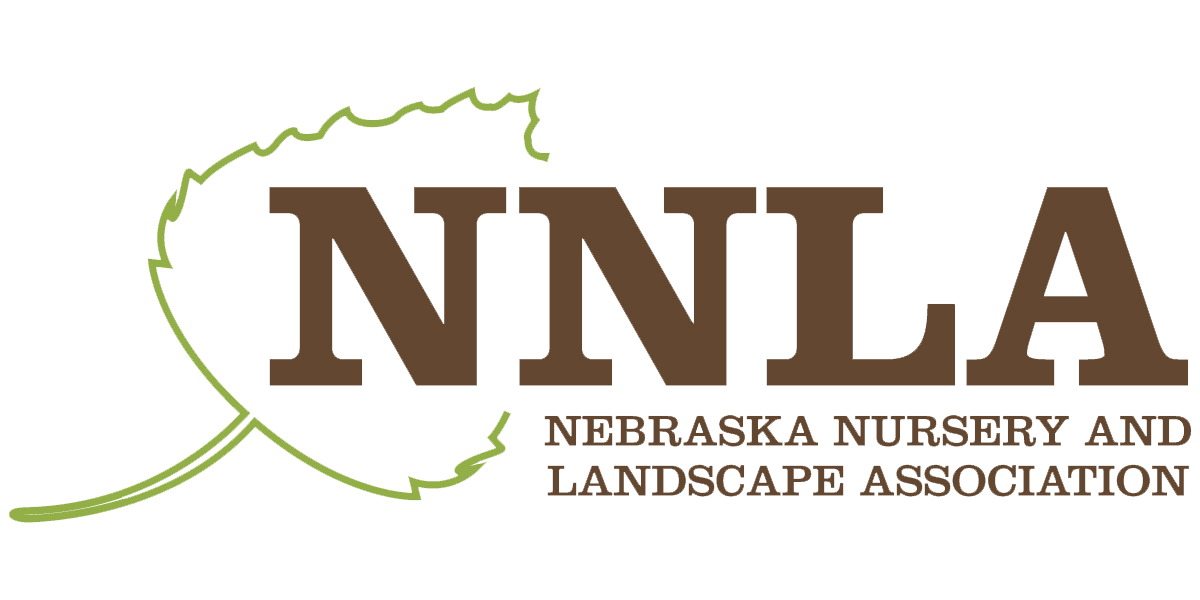GreatPlants 2025 – The Votes Are In!
You voted and now we can announce the winners for the 2025 GreatPlants of the Year! Plants of the Year are voted on three years in advance so nursery owners have time to plan future orders and grow or order plants well ahead of time.
Thank you for your interest and support of the GreatPlants, and for voting. Once again you chose a great selection of plants for home and public landscapes. Spring is here, go green!
Tree of the Year 2025
Yellow Buckeye, Aesculus flava
Height: 50-75 feet
Spread: 30-50 feet
Sun: full sun to part shade
Moisture: medium
A large and reliable shade tree with pretty yellow flowers in spring and reliable fall color; a good combination accent and shade tree for large landscapes. Yellow Buckeye has upright spikes of lemon yellow flowers rising above the foliage in mid spring. It has handsome, dark green foliage that turn an outstanding coppery-bronze to pumpkin orange in the fall. The bark is gray, smooth until later strongly furrowed to scaly. The squirrel-loving nuts can be seen as messy in the landscape, so best to mulch this beauty out to the dripline so the buckeye fruit falls on the mulch and not the lawn.
Conifer of the Year 2025
Korean Pine, Pinus koraiensis
Height: 30-50 feet
Spread: 25-35 feet
Sun: full sun
Moisture: medium
Korean pine is a white pine with a narrow, pyramidal form with branching that becomes horizontal with age and lower branches often extend to the ground. Needles are blue-green and cones can be 3-6" long with edible pine nuts that are widely valued and distributed in commerce. Attractive gray bark flakes to reveal reddish-brown inner bark.
Shrub of the Year 2025
Iceberg Alley® Sageleaf Willow, Salix candida Jefberg
Height: 6 feet
Spread: 6 feet
Sun: full sun to part shade
Moisture: medium
This northern native plant was discovered by the Memorial University of Newfoundland and Labrador Botanical Garden. It features delicate silver catkins with red overtones and yellow anthers along the branches from late winter to early spring before the leaves. The flowers are excellent for cutting. It has attractive grayish green foliage with white undersides and tinges of silver which emerges white in spring. The fuzzy pointy leaves are highly ornamental but do not develop any appreciable fall color. The smooth bark and white branches are extremely showy and add significant winter interest.
Perennial of the Year 2025
Salvia ‘Rose Marvel’, Salvia nemorosa
Height: 14 inches
Spread: 12 inches
Sun: full sun
Moisture:
This bushy salvia has hot pink flower buds that open to large, rich rose flowers that in turn fade to reveal burgundy calyces. It blooms from early summer to early and re-blooms without cutting back. The flowers are also excellent cuts. Fragrant narrow leaves offer a gray-green complement to the bright blooms, and are more finely textured than most garden plants. It’s very low maintenance and and early to grow so it’s best cleaned up in early spring before active growth begins. It attracts butterflies and hummingbirds but not deer. Perfect for planting en masse, in borders and even in containers. to your yard, but is not particularly attractive to deer who tend to leave it alone in favor of tastier treats. It tends to die back to the crown in winter and regrow from the base in spring.
Grass of the Year 2025
‘Prairie Blues’ little bluestem, Schizachyrium scoparium
Height: 36-48 inches
Spread: 18-24 inches
Sun: full sun
Moisture: dry
This western selection of little bluestem has a strong, upright habit and more consistently blue-gray foliage than others in the species. Purplish-bronze flowers about 3” long rise above the foliage in August. They’re followed by attractive clusters of fluffy, silvery-white seedheads that often persist into winter. One of its most outstanding ornamental features is its bronze-orange fall foliage. This native prairie grass provides food for birds and many species of butterflies and is drought-tolerant for difficult spots.
Bob Henrickson, Nebraska Statewide Arboretum, plantnebraska.org





